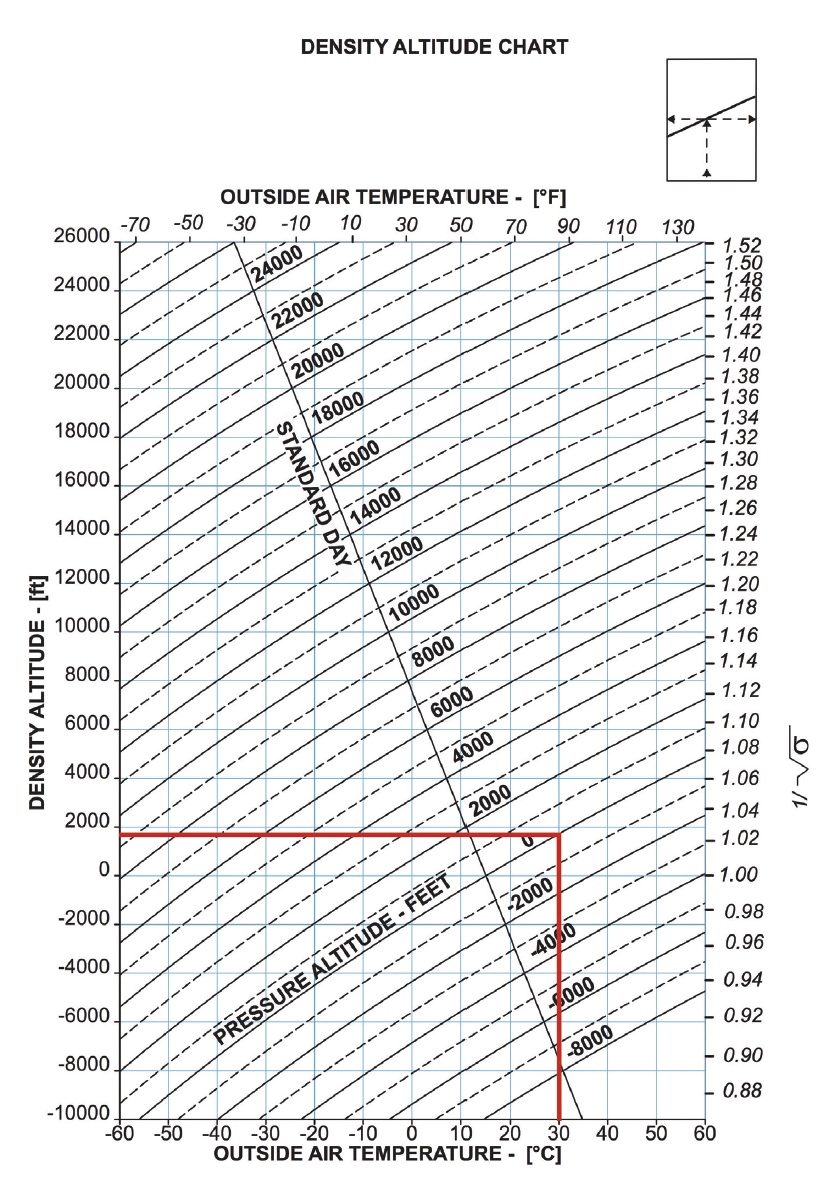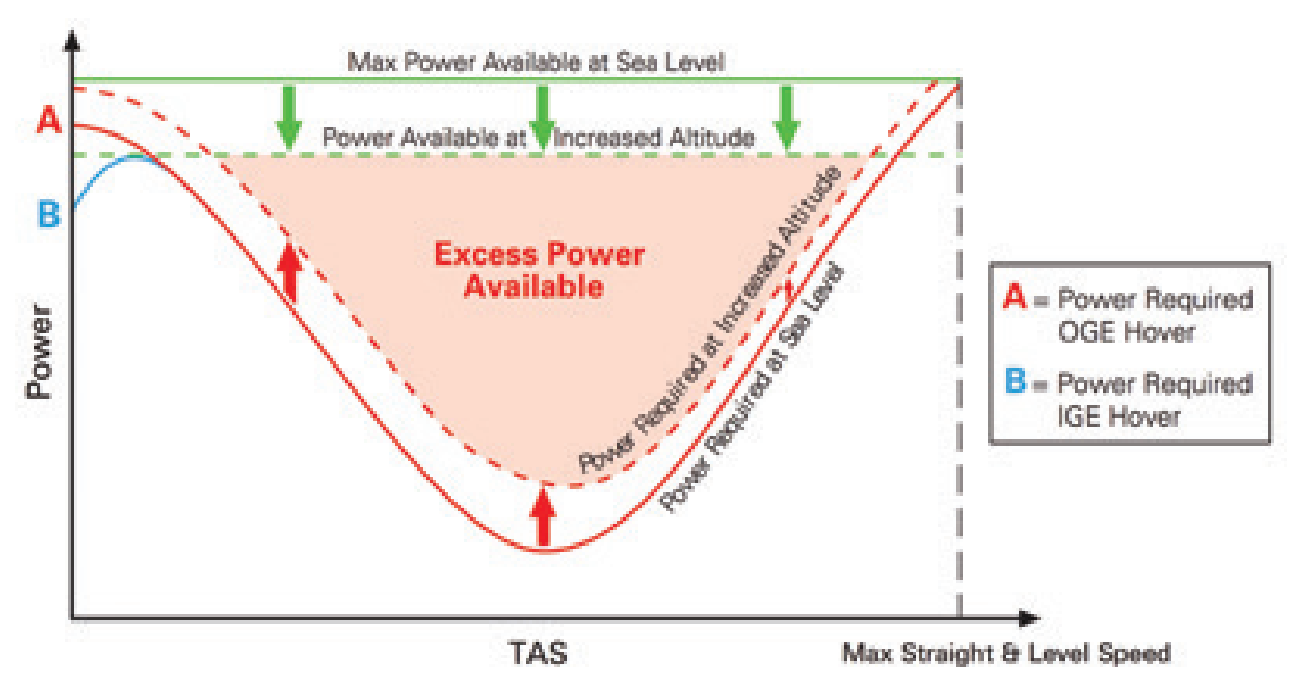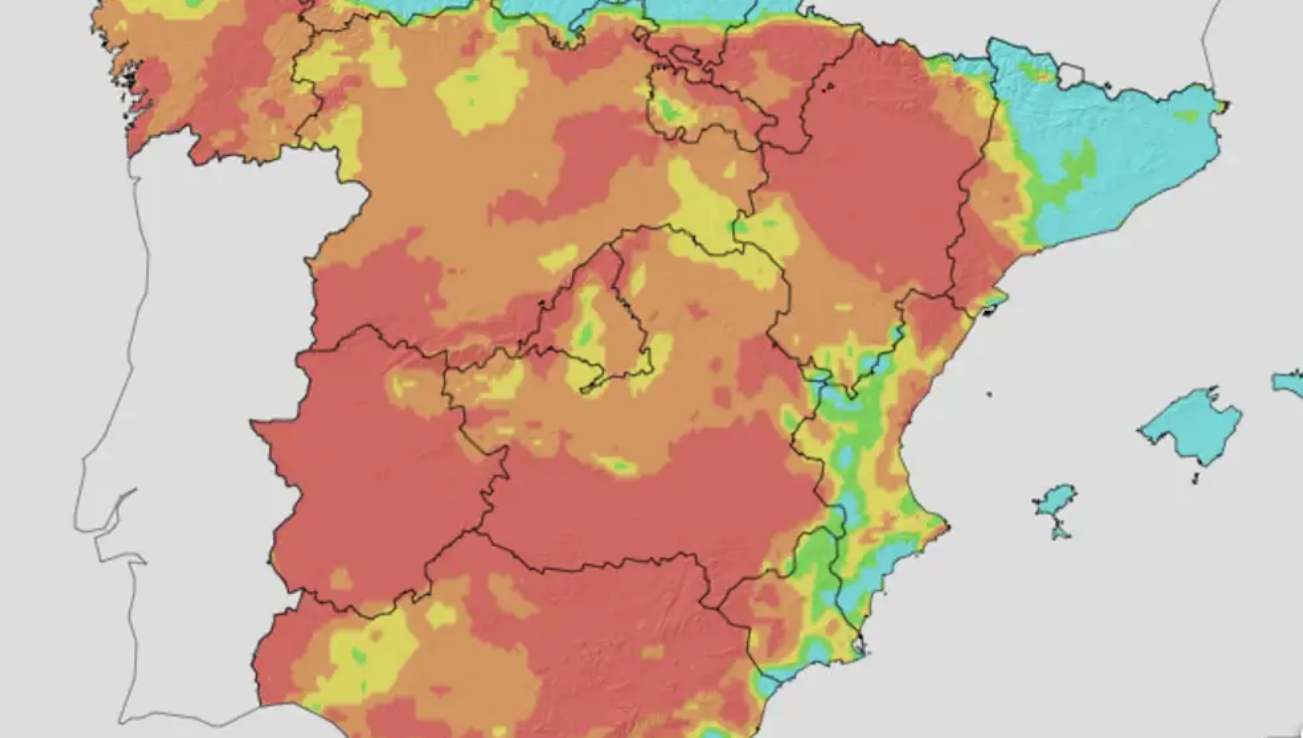2024 on track to become world’s hottest year so far

58° C in the Sun, Plaza de Cibeles, Madrid, Spain, August 10, 2024
(Picture credit: Françoise Boinem)
This picture was taken in Plaza de Cibeles, Madrid, Spain, August 10, 2024 around 17:00.
2024 is a particularly hot year and is likely to become the hottest worldwide to date.
2024 could be world's hottest year as June breaks records | Reuters
Quote: BRUSSELS, July 8 (Reuters) - Every month since June 2023 - 13 months in a row - has ranked as the planet's hottest since records began, compared with the corresponding month in previous years, the European Union's Copernicus Climate Change Service (C3S) said in a monthly bulletin.
How does heat affect rotorcraft operations and safety?
Heat waves have consequences for rotorcraft operations and safety.
Two major effects are highlighted in this article.
1. Heat reduces aircraft performance
For details and guidance refer to the EHEST Leaflet HE12 on Helicopter Performance:
https://www.easa.europa.eu/en/document-library/general-publications/ehest-leaflet-he-12-helicopter-performance

EHEST Leaflet HE 12 Helicopter Performance
Heat increases Density Altitude (DA)
DA is defined as the height in the standard atmosphere that has a density corresponding to the density at a given location (on the ground or in the air) at which the density altitude is being measured.
DA results from the combined effect of pressure, altitude and temperature.
The warmer the air, the less dense it is. When the temperature rises above the standard temperature for a particular place, the density of the air in that location is reduced, and the density altitude increases.
https://www.faasafety.gov/files/events/NM/NM07/2023/NM07120280/FAA-P-8740-02-DensityAltitude.pdf
As DA increases, the helicopter performances decreases and vice versa.

EHEST Leaflet HE 12 Helicopter Performance, Density Altitude (DA) Chart
The margin between available power and the power required to hover at high gross mass and high density altitudes is often small for helicopters:

EHEST Leaflet HE 12 Helicopter Performance, Power versus True Airspeed (TAS) Chart
In practical terms for the pilot, an increase in DA affects helicopter performance in various ways:
- Reduced hover ceiling – means the choice of take-off and landing sites available to the pilot becomes more limited.
- Reduced operating margins – means reduced payloads.
- Reduced rate-of-climb performance – means obstacle clearance can be adversely affected.
Take-off
For any given mass, the higher the density altitude at the departure point, the more the power required to hover, because of reduced rotor efficiency. With engine performance already reduced, the amount of excess power available to hover can be small. Under certain conditions, a helicopter may not have sufficient power available to take off in such a way that satisfactory obstacle clearance can be assured.
Landing
Given that a normal landing is preceded by a hover, the limited power available at high density altitudes can be just as much of a problem when landing. If the landing site has a high-density altitude, sufficient power may not be available to hover at your operating mass and a loss of directional stability may be experienced due to lack of tail rotor authority. In this case, if we reach the maximum power a subsequent increase in collective will cause a drop in rotor RPM due to overpitching. In this condition the efficiency of the main and tail rotors will decay producing an increase in the rate of descend and a loss of yaw directional control. Recovery from such a condition will be difficult if not catastrophic.
Alternative landing techniques should be considered that do not require a hover, e.g., running landing or zero-speed landing.
Refer also to the Helicopter Flying Handbook (FAA-H-8083-21B) Chapter 7 Helicopter Performance abd to the Helicopter Flight Instructor Guide - Issue 4.0 | EASA (europa.eu), Part 2 Air Exercises.
2. Heat increases the risk of wildfires and firefighting operations
Shown below is a picture of the wildfire risk in Spain for August 14, 2024, estimated by AEMET, the Spanish Agencia Estatal de Meteorología (State Agency of Meteorology):

AEMET, Fire Risk Chart, August 14, 2024
Red – Extreme, Amber – Very High, Yellow – High, Green – Moderate, Blue – Low
Check here today’s fire risk, as AEMET estimations are updated daily:
https://www.aemet.es/es/eltiempo/prediccion/incendios.
Pooling of firefighting resources at the EU level
Extreme wildfire risk can result in actual wildfires, and trigger firefighting operations in which helicopters play an important role.
Member States are prepared to react to such emergencies, but as national resources may not be sufficient, pooling of firefighting resources has been put in place at European level as part of the Emergency Response Coordination Centre (ERCC), the heart of the EU Civil Protection Mechanism.
The ERCC coordinates the delivery of assistance to disaster-stricken countries, providing relief items, expertise, civil protection teams and specialised equipment. The Centre ensures the rapid deployment of emergency support and acts as a coordination hub between all EU Member States, the 10 additional participating states, the affected country, and civil protection and humanitarian experts. The ERCC operates 24/7. It can help any country inside or outside the EU affected by a major disaster upon request from the national authorities or a UN body.
Other heat effects on rotorcraft operations and safety?
Can you think of other effects heat has on rotorcraft operations and safety?
Feel free to present your suggestions in the Comments section below.
References
2024 could be world's hottest year as June breaks records | Reuters.
European Union's Copernicus Climate Change Service.
https://www.faasafety.gov/files/events/NM/NM07/2023/NM07120280/FAA-P-8740-02-DensityAltitude.pdf.
Helicopter Flying Handbook (FAA-H-8083-21B) Chapter 7.
Helicopter Flight Instructor Guide - Issue 4.0 | EASA (europa.eu), Part 2 Air Exercises.
https://www.aemet.es/es/eltiempo/prediccion/incendios.
Why extreme heat grounds rescue helicopters (usatoday.com),
It’s Officially Getting Too Hot For Helicopters To Fly (jalopnik.com).
(*) We acknowlege the cooperation of the New Zeeland Civil Aviation Safety Authority in the production of this EHEST leaflet, which was adapted from Helicopter performance (aviation.govt.nz). Some changes have been incorporated at the time to reflect EASA terminology and regulations.
Heat also affects human performance (fatigue).
The battery protection circuit may cause devices used as Electronic Flight Bags (e.g. iPads) to shut down as ambient temperature in heat-soaked cockpit exceeds trigger temperature.
In addition to the technical parameters, helicopter crews must also manage the overwhelming heat. Helicopters assigned to emergency missions often have to remain parked in direct sunlight, which causes a particularly high temperature inside their cabins. Before taking off, the crews must settle in wearing their helmets and flight suits, sometimes their life jackets and a harness. The specific discomfort at a very high temperature, further increased by the greenhouse effect under the windshields, is not without consequences on their abilities and physical resistance.
Thanks, Thierry, good addition.
The effect of heat on human performance was also mentioned in the comment above by Jean-Marc van Dam.
Thanks, both!
Please log in or sign up to comment.